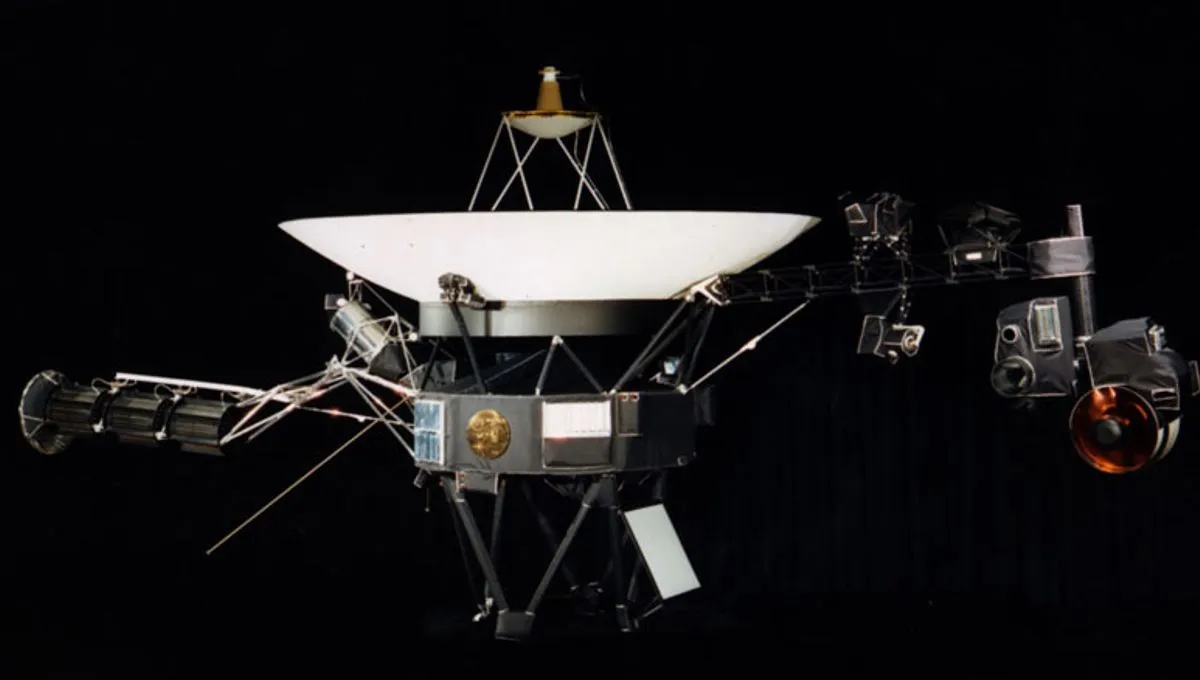
Defining the edge of the Solar System can be quite complex. Different criteria can be used, such as determining where the planets end or identifying the Oort Cloud, which is considered the boundary of the Sun's gravitational influence. This region is significant because it is where celestial objects can still return to the Sun's vicinity.
Another important way to define the edge of the Solar System is by looking at the heliopause, which marks the boundary of the Sun's magnetic field. Here, the solar wind—a continuous stream of charged particles emitted by the Sun—meets the interstellar medium. According to NASA, the solar wind travels well beyond the orbits of the planets, extending to nearly three times the distance to Pluto, before it encounters resistance from the interstellar medium. This interaction creates a vast bubble around the Sun and its planetary system, known as the heliosphere.
At the heliopause, the pressures from the solar wind and interstellar wind are balanced, resulting in a unique environment. This equilibrium causes the solar wind to redirect and flow back down the tail of the heliosphere. As the heliosphere navigates through interstellar space, it generates a bow shock, akin to the waves produced by a ship moving through water.
On August 25, 2012, NASA's Voyager 1 became the first spacecraft to cross the heliopause, followed by Voyager 2 in 2018. Before these groundbreaking missions, scientists had limited knowledge about the precise location of the heliopause. Notably, the two probes encountered this boundary at different distances from the Sun, supporting various scientific predictions regarding the heliosphere's dynamic nature. NASA describes this phenomenon as similar to a lung that expands and contracts with breath, indicating that the edge of the heliosphere can shift according to the Sun's activity.
Although the heliopause is not a solid wall, it is often referred to as a wall of fire due to the extreme temperatures measured in this region, ranging from 30,000 to 50,000 Kelvin (approximately 54,000 to 90,000 degrees Fahrenheit). Despite the intense energy of the particles encountered, the odds of collisions in this relatively sparse region are minimal. As a result, the Voyager spacecraft were able to survive this hostile environment without significant heat transfer.
Nearly 50 years after their launch, the Voyager spacecraft continue to transmit valuable data from beyond the heliopause, making them the only probes to have crossed this critical boundary. Their findings have unveiled unexpected insights about the region outside our Solar System. For instance, the magnetic field readings from Voyager 2's instruments provided confirmation of an intriguing result from Voyager 1: the magnetic field just beyond the heliopause is aligned parallel to the magnetic field within the heliosphere. This revelation, reported by NASA, was significant as Voyager 1 had only one sample of these magnetic fields, leaving scientists uncertain about whether the alignment was a broader characteristic or merely coincidental. Voyager 2's subsequent observations have validated the findings of its predecessor, indicating that the two magnetic fields indeed align.
In summary, the edge of the Solar System, marked by the heliopause, is a dynamic and fascinating boundary that continues to intrigue scientists and astronomers alike. With ongoing research and data from the Voyager missions, our understanding of this region and its implications for solar and interstellar physics continues to grow.